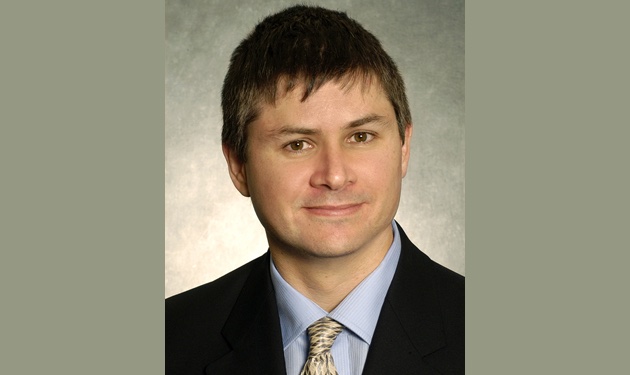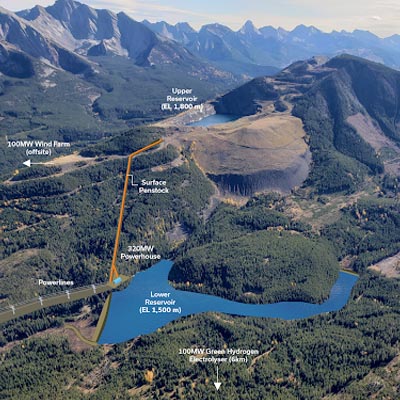Bleak numbers put juniors on innovative paths to survive downturn
An unconventional strategy called market aggregation aims to build a "mineral bank."

Liam Fitzgerald, PwC's Toronto-based Canadian Mining Leader. — Photo courtesy Price Waterhouse Coopers
According to PricewaterhouseCoopers' recently released annual report on the TSX Venture's top 100 junior mining companies, Canada's exploration and development miners must use what PwC calls "unconventional strategies" in order to survive the industry's continuing downturn.
"The challenges in the junior mining sector persist and the industry is really at a crossroads," said Liam Fitzgerald, PwC's Toronto-based Canadian Mining Leader in an announcement. "Despite the downward trend we have seen some stories of true innovation this year—those junior miners who have moved from simply keeping the lights on to transforming their business have given us a glimpse into what could be a more optimistic future."
One of the unconventional strategies mentioned in the report is what PwC calls market aggregation, which is combining two or more small companies to form a single larger business. According to PwC, bringing firms together can improve the odds of success for the thousands of junior miners in business today.
“There's a certainty in putting together companies with strong financial partners and a good cash balance,” John Burzynski, president and CEO of Vancouver-based Oban Mining Corporation told PwC. “Such combinations can help improve shareholders' prospects for a return on their investments and mitigate the risk of ending up with nothing at the end of the day.”
Pat Donnelly, president of First Mining Finance Corp. in Vancouver, believes now is a good time for an aggregation strategy.
“First Mining isn't simply building a bigger miner, it's building a mineral bank,” Donnelly told PwC. “The company aims to acquire 40 to 50 quality assets and plans to unlock their value when the market improves, engaging third parties to develop the assets and retaining a royalty, stream or some other residual interest.”
Donnelly said First Mining's acquisition strategy reflects the broken state of the current market.
“Today it's cheaper to buy a million ounces than it is to drill a million ounces,” he said.
De-risking project financing by partnering with a larger miner is another way to obtain financing and keep a project moving ahead in a difficult market. A company that has several projects on the go but little cash flow must either return often to stingy capital markets or get creative.
Premium Gold Mines Ltd in Thunder Bay, Ontario, recently partnered with Barrick Gold Corporation, Goldcorp Inc., Newmont Mining Corporation and Centerra Gold Inc. to advance some projects in Ontario and Nevada.
Some junior mining executives might be reluctant to give up a portion of their asset. But Steve Filipovic, Premium Gold's chief financial officer, is pragmatic.
“It came down to having 100 per cent of nothing or part of something,” he told PwC. “De-risking has allowed us to keep moving during a difficult market without blowing up our balance sheet or share structure.”
Non-traditional financing for juniors can also take the form of streaming and royalty arrangements, which can provide a source of cash to support exploration.
Such arrangements are not brand new. What is different about them now is that more deals involving smaller projects and smaller amounts of money are being signed, with packages of royalties being sold on early-stage or greenfield projects.
These moves to innovate and collaborate are bright spots in an industry in which the equity and debt markets have dried up and cash reserves are hitting new lows.
According to Time for Change, PwC's ninth annual junior mine report, the top 100 juniors (measured by market capitalization) raised $514 million in equity financing in 2015, down 25 percent from 2014. In the same period debt financing fell 27 percent to $278 million.
Despite their attempts to reduce spending, the cash reserves of many companies are falling to new lows; the Top 100's on-hand cash dropped on average from $10 million to $7 million.
Overall revenue is down 28 per cent from 2014, a drop of nearly $195 million.
As of June, 2015, market capitalization had dropped from $7.9 billion to $4.8 billion, a fall of 39 per cent.




